Filipino Tea Culture: A Hidden Treasure of the Philippines
Filipino Tea Culture: A Hidden Treasure of the Philippines
Introduction
Filipino tea culture has a long history shaped by different countries. Early Chinese traders brought tea to the Philippines during their visits. They introduced tea as a drink and also as a medicine. The Chinese influence started with black tea and herbal teas. Later, the Spanish colonizers added their own tea traditions. They mixed local herbs with European tea practices. This combination helped create what we now call traditional Filipino tea.For many years, herbal tea in the Philippines has been an important part of daily life. Filipino ginger tea, also called Salabat, is popular for treating coughs and sore throats. Another well-known tea is Sambong tea, which helps with kidney health and cleansing the body. These teas are easy to make at home using local herbs. Families still drink them today because of their natural health benefits.

Tea in the Philippines started as a remedy, but over time, it became more than that. When the Americans came to the Philippines, they brought new ways of drinking tea. Iced teas and commercial tea products became popular, especially in cities. These changes made tea more than just a healthy drink. It became something people could enjoy socially, especially with friends and family. Iced tea Philippines is now a common drink on hot days. Even with the rise of modern tea trends like Filipino bubble tea and milk tea Philippines, traditional teas like Filipino ginger tea and Sambong tea are still enjoyed by many. These teas connect Filipinos to their roots and remind them of their history. Filipino tea culture is a mix of the old and the new, keeping traditions alive while embracing change.
Key Points
- Filipino tea culturestarted with influences from China, Spain, and America.
- Popular herbal tea in the Philippinesincludes ginger tea, Sambong tea, and Chamomile tea Philippines.
- Tea was first used as a remedy but later became a social drink, especially with the introduction of iced tea Philippines.
Today, traditional Filipino tea blends coexist with modern teas like milk tea Philippines and Filipino bubble tea.
From Herbal Remedies to Social Drinks
Filipino tea culture is a blend of rich history, health traditions, and natural remedies. Influenced by Chinese traders and Spanish colonization, tea in the Philippines evolved into a unique cultural practice. From herbal teas like Salabat and Sambong tea to their role in Filipino medicine, these teas remain a vital part of Filipino life.

The Early Influences on Filipino Tea Culture
The history of Filipino tea culture is deeply influenced by different countries over time. Early Chinese traders introduced tea to the Philippines as part of their trade routes. They brought black tea and herbal tea, not just as a refreshing drink but also as medicine. This marked the beginning of herbal tea in the Philippines, where local ingredients were used to create health-focused teas. Later, during Spanish colonization, European tea-drinking customs were introduced, combining with Filipino traditions. This fusion gave rise to unique local tea practices, forming what we now call traditional Filipino tea.
The Role of Herbal Tea in Filipino Traditions
Herbal tea in the Philippines has always been a part of Filipino households. Families rely on natural remedies, using locally grown herbs to make simple yet effective teas. Two of the most well-known examples are Filipino ginger tea, or Salabat, and Sambong tea.
- Filipino ginger tea (Salabat):Used for soothing coughs and sore throats, this tea is made by boiling fresh ginger and is often sweetened with honey or sugar.
- Sambong tea:Known for its detoxifying properties, it is commonly used to help cleanse the kidneys and flush out toxins.
These teas are not just drinks—they are remedies passed down through generations, and they remain popular in rural and urban areas alike.
The Connection Between Tea and Filipino Medicine
The use of tea in Filipino culture is closely tied to traditional healing practices. Herbal tea in the Philippines is made using local plants like Banaba, Moringa, and Sambong, which are known for their medicinal properties. These teas are used to treat various health conditions, including high blood pressure, digestion problems, and kidney issues. This focus on health has made tea an important part of Filipino life, especially in rural areas where natural remedies are preferred over modern medicine.
Preserving the Traditional Tea Culture
Despite the rise of modern tea trends, Filipino tea culture still holds onto its roots. Traditional Filipino tea, especially herbal varieties, remains a part of family traditions and celebrations. Whether it’s for healing, relaxation, or simply as a warm drink, these teas connect Filipinos to their heritage and remind them of the natural resources that have sustained their ancestors.
The Diversity of Filipino Teas
Filipino tea culture showcases a rich variety of flavors and benefits. From the bold black tea Philippines for gatherings to the refreshing green tea Philippines and healing herbal tea in the Philippines, these teas honor tradition while embracing modern trends. International brands like Coffee Bean Tea Leaf Philippines further enrich this evolving tea culture.
Black Tea: The Classic Choice for Social Gatherings
Black tea Philippines is one of the most traditional and widely consumed Filipino teas. This tea is a staple at social gatherings, family reunions, and even festivals. Its rich and bold flavor makes it a favorite for serving alongside traditional Filipino snacks like kakanin (rice cakes) and pan de sal (Filipino bread). Many Filipinos prefer black tea Philippines for its energizing qualities, especially during busy mornings or after long workdays. Black tea is not just a drink; it’s a symbol of togetherness. Whether served hot during the rainy season or iced during the hot summer months, black tea Philippines remains a popular choice for Filipinos who want a classic, reliable tea.
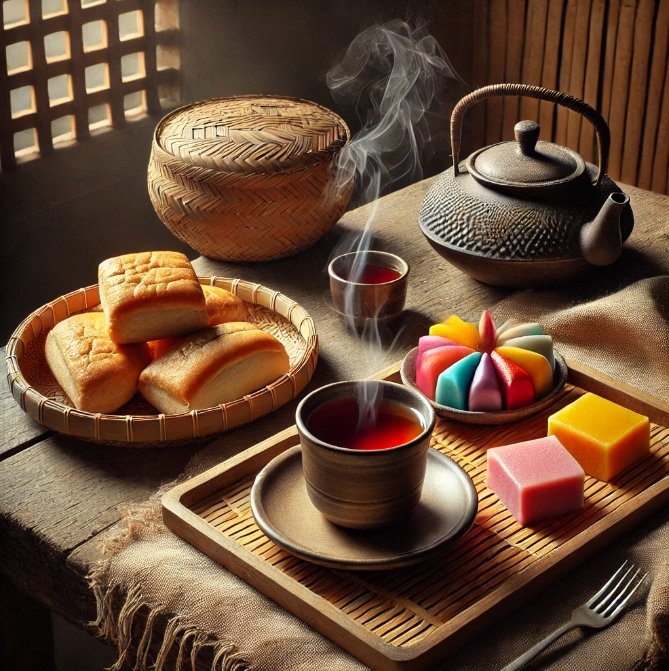
Green Tea: The Healthy Everyday Drink
Green tea Philippines has become increasingly popular in recent years, especially among health-conscious Filipinos. Known for its light, grassy flavor and its many health benefits, green tea Philippines is often associated with boosting metabolism, improving digestion, and promoting relaxation. You can now find green tea in various forms across the Philippines—whether as a traditional brewed tea, a base for iced drinks, or even in desserts like green tea-flavored cakes and ice cream.
Many local cafes and restaurants have incorporated green tea Philippines into their menus to meet the growing demand. Popular combinations include green tea with calamansi (a Filipino lime) or pandan for a local twist. These unique blends show how Filipino teas like green tea can adapt to local tastes while still offering health benefits.
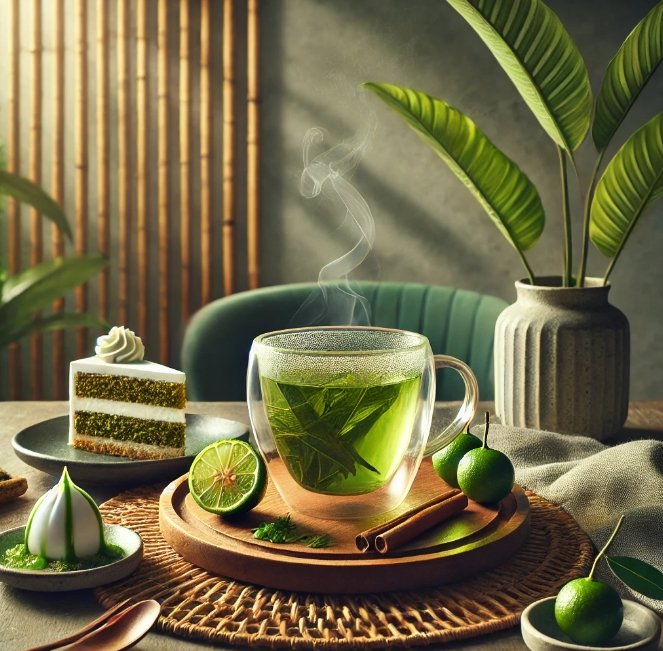
Herbal Teas: Natural Healing in a Cup
Herbal teas are the cornerstone of Filipino tea culture, offering natural remedies for common health issues. These teas are not just beverages—they are part of Filipino traditional medicine. Some of the most popular herbal tea in the Philippines include:
- Barley tea Philippines:Known for its nutty, roasted flavor, this tea is often consumed as a warm drink to aid digestion and promote relaxation. It’s a go-to option for Filipinos who want a soothing tea after meals.
- Chamomile tea Philippines:This calming tea is a favorite for relieving stress and improving sleep. It’s often served at night to help people unwind after a busy day.
- Banaba tea:A traditional herbal tea made from the Banaba plant, known for its ability to lower blood sugar levels and pr omote weight management.
Sambong tea Philippines: This tea is highly valued for its kidney-cleansing properties. Filipinos, especially in rural areas, drink Sambong tea Philippines as a natural way to detoxify their bodies.

These Filipino teas are deeply rooted in tradition and are widely available in local markets, making them an essential part of daily life for many Filipinos.
The Influence of International Brands
In recent years, international brands like Coffee Bean Tea Leaf Philippines have introduced a new wave of tea culture to the country. These cafes offer a wide variety of teas, from traditional blends like Earl Grey to premium herbal tea Philippines options. Coffee Bean Tea Leaf Philippines has become a favorite spot for Filipinos who want to explore modern tea trends while enjoying a relaxing atmosphere.
One of the most popular offerings from Coffee Bean Tea Leaf Philippines is their green tea lattes, which combine the health benefits of green tea Philippines with the creamy sweetness of milk. They also serve chamomile tea Philippines, which appeals to those looking for a calming and luxurious tea experience. By blending traditional and modern elements, Coffee Bean Tea Leaf Philippines has helped elevate the tea culture in the Philippines.

More Than a Drink, Tea Is a Lifestyle
Tea is a vital part of Filipino social life, from the comforting Filipino afternoon tea at home with family to modern gatherings at Coffee Bean Tea Leaf Philippines. With elegant Filipino tea sets and diverse Filipino teas, tea connects generations and celebrates relationships in every moment.
Tea and Social Gatherings: A Filipino Tradition
In the Philippines, tea is more than just a drink—it’s an experience shared with family and friends. One of the newest trends in Filipino households is the rise of Filipino afternoon tea, a practice that is becoming popular among middle-class families. Unlike formal British tea traditions, Filipino afternoon tea is all about simplicity and comfort. Tea is paired with light snacks like ensaymada (sweet bread), puto (rice cakes), or pan de sal. Hosting a Filipino afternoon tea has become a way to relax and connect with loved ones, turning an ordinary day into a special occasion.

Tea also plays a role in rural areas, where traditional Filipino teas like Sambong tea Philippines or Banaba tea are served during family gatherings. These herbal teas are not just drinks—they represent care and hospitality, with every cup bringing families closer together. Whether it’s a casual meetup or a celebration, tea always finds a place in Filipino social life.
The Beauty of the Filipino Tea Set
Tea in the Philippines is often served with elegance, thanks to the traditional Filipino tea set. These tea sets are more than functional—they reflect the artistry and culture of the Philippines. Traditional Filipino tea sets often feature beautiful designs inspired by Filipino motifs, like flowers, bamboo, or geometric patterns. Serving tea with a Filipino tea set elevates the experience, making it more ceremonial and memorable.

Modern Filipino tea sets combine traditional designs with contemporary styles, making them suitable for both formal and casual occasions. Whether serving herbal tea in the Philippines, black tea Philippines, or chamomile tea Philippines, a Filipino tea set adds a touch of sophistication to any tea moment. It is also a popular gift choice for special occasions, symbolizing warmth and connection.
Coffee Bean Tea Leaf: A Modern Tea Experience
For urban Filipinos, cafes like Coffee Bean Tea Leaf Philippines have redefined the way tea is enjoyed. These cafes have become social hubs where people gather to relax, work, or meet friends. Unlike traditional home tea practices, Coffee Bean Tea Leaf Philippines offers a contemporary twist on tea culture, with a wide variety of teas available for every preference.
At Coffee Bean Tea Leaf Philippines, you can enjoy classic options like black tea Philippines or green tea Philippines, or explore more luxurious blends like chamomile tea Philippines. One of their most popular creations is the green tea latte, which combines the health benefits of green tea Philippines with the creamy richness of milk. These cafes provide a perfect space to experience tea as part of a modern lifestyle, blending global influences with Filipino preferences.
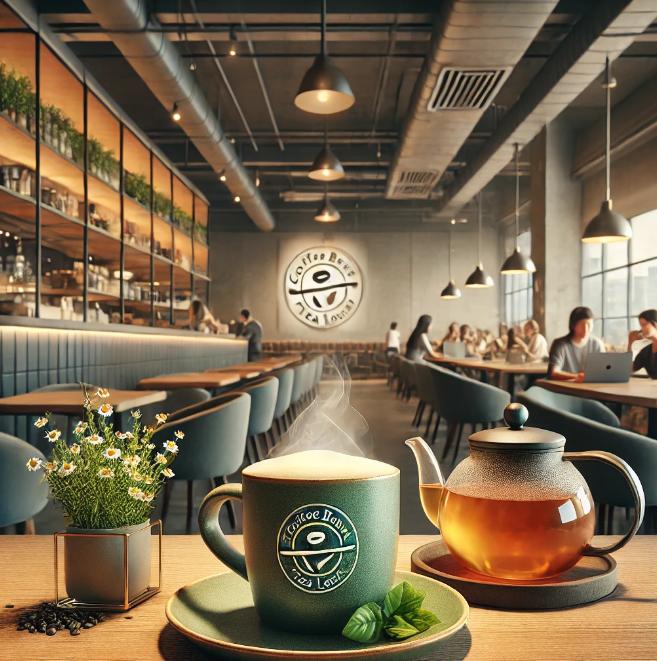
Filipino Herbal Tea: Nature’s Healthy Drink
Filipino herbal teas like Sambong tea Philippines, Banaba tea, and ginger tea Philippines are more than just beverages—they are natural remedies trusted by generations. These teas provide simple, effective ways to improve health, from kidney detoxification to blood sugar control and even relief from colds and stress. Whether prepared at home or enjoyed at Coffee Bean Tea Leaf Philippines, herbal teas are a part of Filipino culture that celebrates health and tradition.

The Healing Power of Sambong Tea
Sambong tea Philippines is one of the most trusted herbal teas in the Philippines, known for its powerful health benefits. This tea is made from the Sambong plant, which has been used in Filipino traditional medicine for generations. Families drink Sambong tea Philippines to cleanse their kidneys and prevent urinary tract infections. It is also a natural diuretic, which helps flush toxins out of the body. Many Filipinos rely on Sambong tea when they feel bloated or have mild kidney issues. Doctors in rural areas often recommend this tea as part of a natural treatment for kidney stones. Because it is easy to prepare, Sambong tea Philippines is a household favorite, especially in provinces where herbal remedies are widely used. With its detoxifying properties, Sambong tea is perfect for maintaining kidney health and improving overall wellness.
Banaba Tea: A Natural Solution for Blood Sugar Control
Banaba tea is another popular Filipino tea known for its health benefits, particularly for those with high blood sugar or diabetes. Made from the leaves of the Banaba tree, this tea is rich in corosolic acid, which helps regulate blood sugar levels. Many Filipinos include Banaba tea in their daily routine as part of a healthy diet. It is often paired with low-sugar meals or enjoyed as an afternoon drink. Filipinos who are trying to lose weight also drink Banaba tea because it supports metabolism and helps reduce cravings. Families trust Banaba tea for its natural properties, making it one of the most consumed herbal teas in the Philippines. Its earthy flavor and health benefits make it a reliable choice for those looking to improve their overall well-being.
Ginger Tea: The Go-To Remedy for Colds and Sore Throats
Filipino ginger tea, or Salabat, is a household staple for treating common ailments like colds, coughs, and sore throats. Made by boiling fresh ginger, ginger tea Philippines is rich in antioxidants and anti-inflammatory properties. Filipinos drink this tea to soothe their throats and clear congestion, especially during the rainy season or when recovering from illnesses.
Apart from its healing benefits, ginger tea Philippines also improves digestion and relieves nausea. Mothers often prepare ginger tea for their children when they feel unwell. It’s a comforting drink that provides both warmth and health benefits, making it an essential part of Filipino homes. Whether served plain or sweetened with honey, Filipino ginger tea is a trusted remedy that generations of families have relied on.
Coffee Bean Tea Leaf: Herbal Teas for the Modern Filipino
For urban Filipinos, cafes like Coffee Bean Tea Leaf Philippines have made herbal teas more accessible and appealing. One of their bestsellers is chamomile tea Philippines, which is known for its calming and stress-relieving properties. This tea is perfect for people who struggle with anxiety or insomnia. Many customers visit Coffee Bean Tea Leaf Philippines to enjoy a cup of chamomile tea Philippines in a cozy and relaxing environment.
In addition to chamomile tea Philippines, Coffee Bean Tea Leaf Philippines also offers unique blends of herbal teas in the Philippines that cater to health-conscious customers. Their green tea options, infused with honey or lemon, provide a refreshing yet healthy drink for busy professionals. By introducing these herbal teas, Coffee Bean Tea Leaf Philippines has expanded the reach of Filipino teas, making them part of modern Filipino lifestyles while still promoting health and wellness.
Health Secrets of Filipino Herbal Teas:
- Sambong tea Philippines:Cleanses kidneys, removes toxins, and prevents urinary
- Banaba tea:Regulates blood sugar levels and supports weight loss.
- Ginger tea Philippines:Treats colds, improves digestion, and relieves inflammation.
Chamomile tea Philippines: Calms the mind, reduces stress, and improves sleep quality.
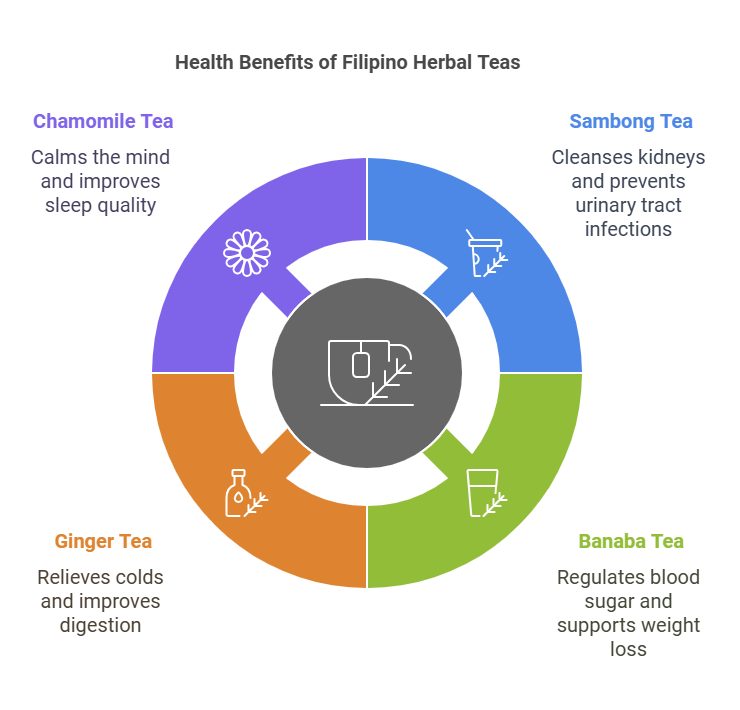
Conclusion: Embracing Filipino Tea Culture
Filipino tea culture is a beautiful mix of history, health, and modern innovation. From the soothing Sambong tea Philippines for kidney detox to the comforting ginger tea Philippines that treats colds, these teas offer natural remedies trusted for generations. Traditional herbal teas like Banaba tea for blood sugar control and chamomile tea Philippines for relaxation continue to play a vital role in Filipino households. At the same time, modern cafes like Coffee Bean Tea Leaf Philippines are introducing Filipinos to new ways of enjoying tea. Whether it’s a creamy green tea latte, a refreshing iced tea, or a calming chamomile tea, tea has become part of both traditional and urban lifestyles. Filipino tea sets add elegance to gatherings, while the rise of Filipino afternoon tea shows how tea continues to bring people together. From black tea Philippines enjoyed at family reunions to herbal tea in the Philippines sold in local markets, Filipino teas reflect the country’s deep connection to nature and community. Whether you seek health, comfort, or a moment to connect with loved ones, Filipino teas offer something for everyone. So, why not make tea a part of your daily life and experience the rich tradition of Filipino tea culture for yourself?
Frequently Asked Questions (FAQ) About Filipino Tea Culture
The most popular types of Filipino teas include:
- Sambong tea Philippines: A natural remedy for kidney health and detoxification.
- Ginger tea Philippines (Salabat): Used to soothe colds, sore throats, and aid digestion.
- Banaba tea: Helps regulate blood sugar and supports weight management.
- Chamomile tea Philippines: Known for its calming properties and promoting better sleep.
Black tea Philippines: A staple at social gatherings and enjoyed for its bold flavor.
Herbal tea in the Philippines is deeply rooted in traditional medicine. Filipinos drink herbal teas for their health benefits, such as:
- Cleansing kidneys (with Sambong tea Philippines).
- Improving digestion and reducing inflammation (with ginger tea Philippines).
Regulating blood sugar levels (with Banaba tea). Herbal teas are natural, easy to prepare, and affordable, making them a trusted remedy in Filipino households.
Filipino tea culture began with influences from Chinese traders who introduced black tea and herbal tea. During Spanish colonization, European tea-drinking customs were combined with Filipino traditions. Later, the introduction of iced tea Philippines and Filipino bubble tea brought modern twists. Today, both traditional and modern tea trends coexist, showing how Filipino teas have adapted to changing lifestyles.
Cafes like Coffee Bean Tea Leaf Philippines are popular places to enjoy both traditional and modern Filipino teas. They offer options such as:
- Chamomile tea Philippinesfor relaxation.
- Green tea lattesfor health-conscious customers.
Classic teas like black tea Philippines served in a contemporary atmosphere.
Filipino afternoon tea is a growing trend among families. Unlike formal tea ceremonies, it’s a casual way to enjoy tea with snacks like ensaymada or puto. It’s a time for families and friends to relax, connect, and share moments over a cup of Filipino teas.
Yes! Filipino teas are known for their natural health benefits:
- Sambong tea Philippinescleanses kidneys and flushes toxins.
- Banaba teahelps control blood sugar and promotes weight loss.
- Ginger tea Philippinessoothes colds, improves digestion, and relieves inflammation.
Chamomile tea Philippines reduces stress and improves sleep quality.

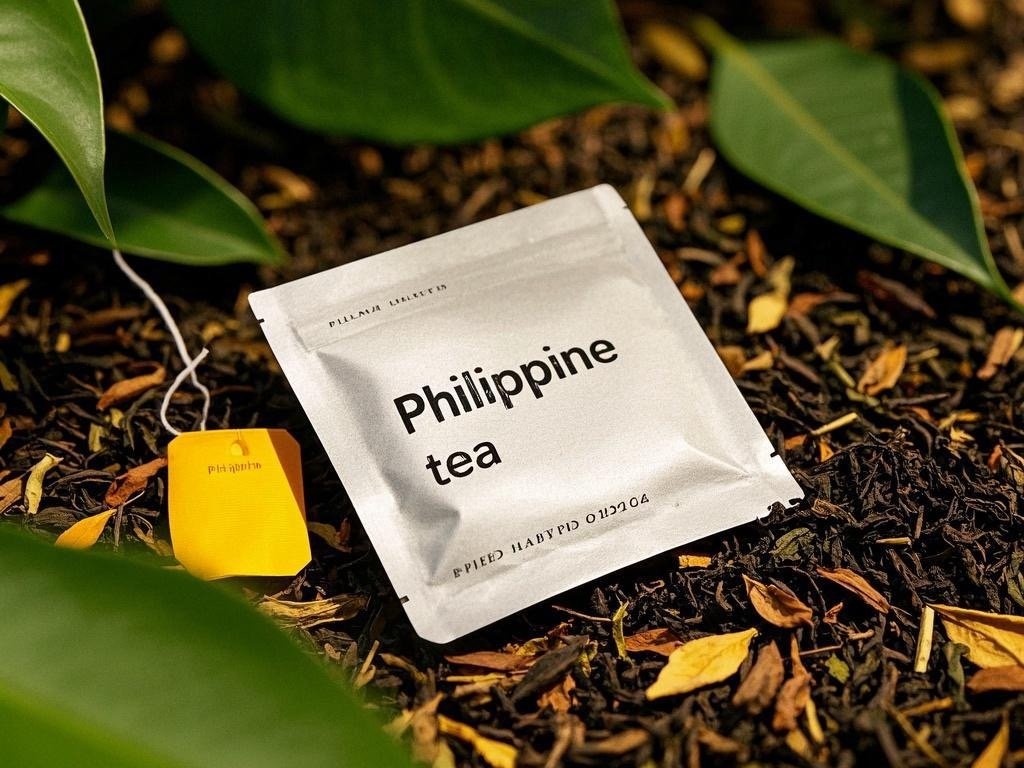


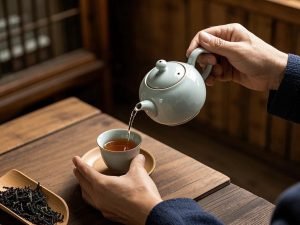
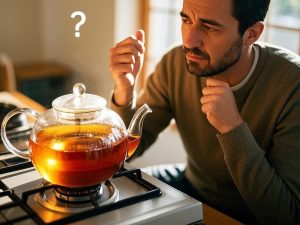

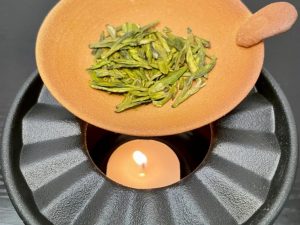





Leave a reply